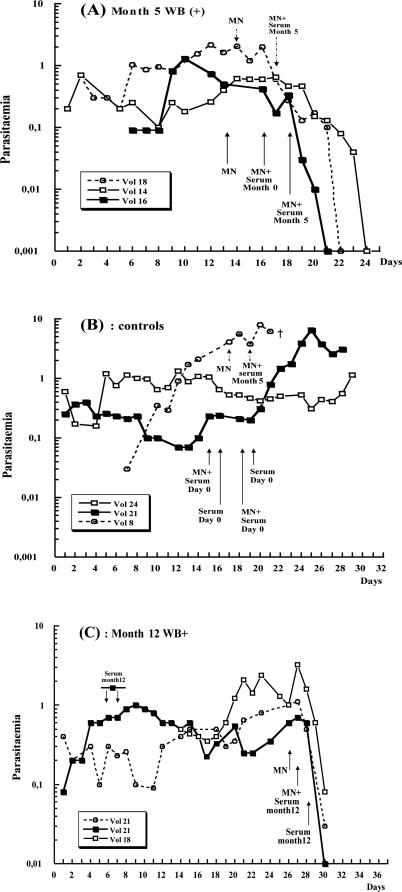Figure 4. In Vivo Passive Transfer of the Volunteers' Antibodies in P. falciparum–Infected Humanised Mice.
Shown are representative examples of results obtained by passive transfer of Western Blot positive sera collected at month 5 (A), or of control sera (B), and of WB-positive sera collected at month 12 (C).
(A) P. falciparum infected SCID mice received 200 μl of sera delivered IP from three WB-positive volunteers, collected at month 5, 1 mo after the last immunisation. Shown are results from two mice that received, first, normal monocytes (MN), then monocytes with preimmunisation control sera (month 0), followed by month 5 sera with monocytes (solid arrows corresponding to volunteers 14 and 16, open and solid squares, respectively), one mouse receiving first monocytes followed by monocytes with month 5 serum (dotted arrows, dotted line, open circles)
(B) P. falciparum–infected SCID mice received 200 μl of sera from controls. Either monocytes followed by monocytes with serum from a WB-negative volunteer (dotted arrows, dotted line, open circles), or monocytes with preimmunisation samples from two volunteers followed by serum alone, repeated twice (plain arrows, solid and open squares).
(C) P. falciparum–infected SCID mice received 200 μl of sera from three WB-positive volunteers, collected at month 12. All animals received monocytes first, followed by monocytes with the 12-mo serum, followed by serum alone. Reproducibility is shown in two animals receiving the serum from a single donor (volunteer 21, solid squares and open circles). Transfer of serum alone was ineffective (solid squares, days 6 and 7) indicating that the strong in vivo antiparasitic effect depends on monocyte-antibody cooperation.

